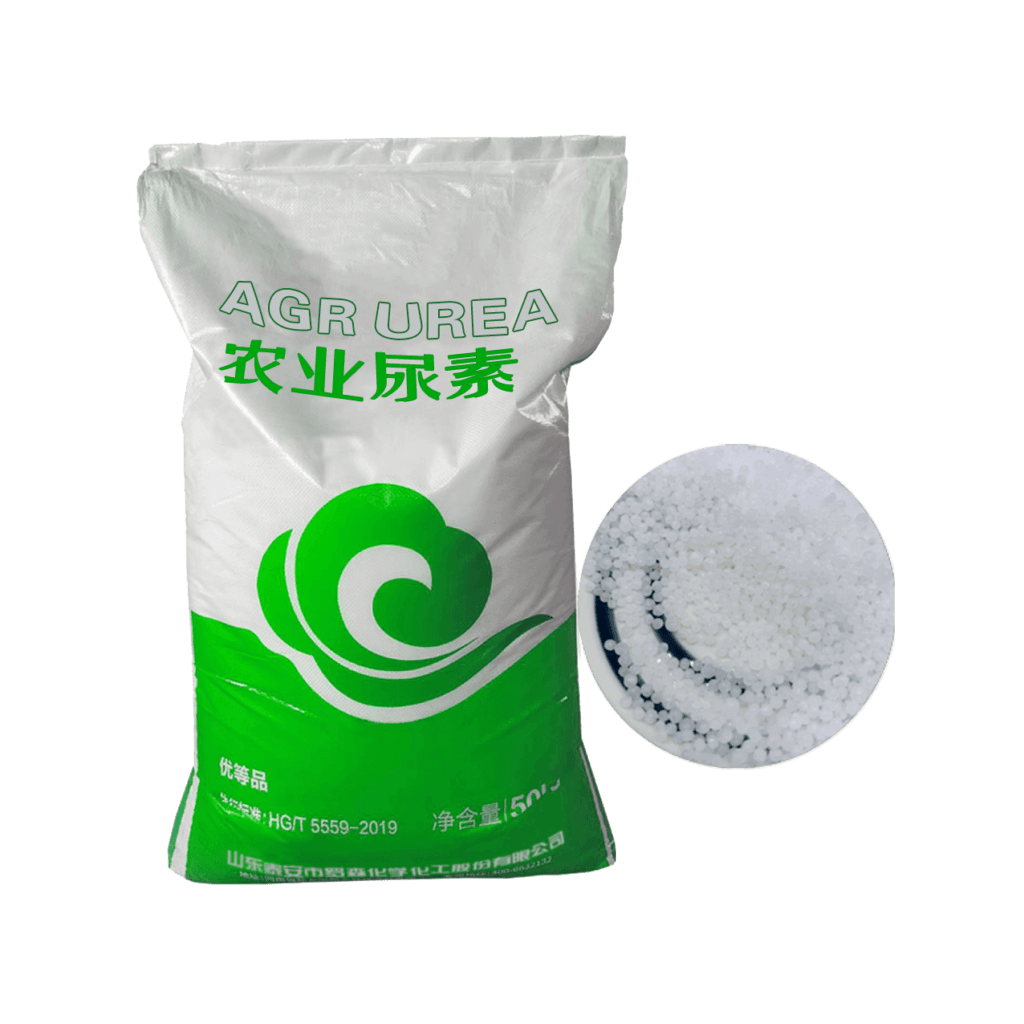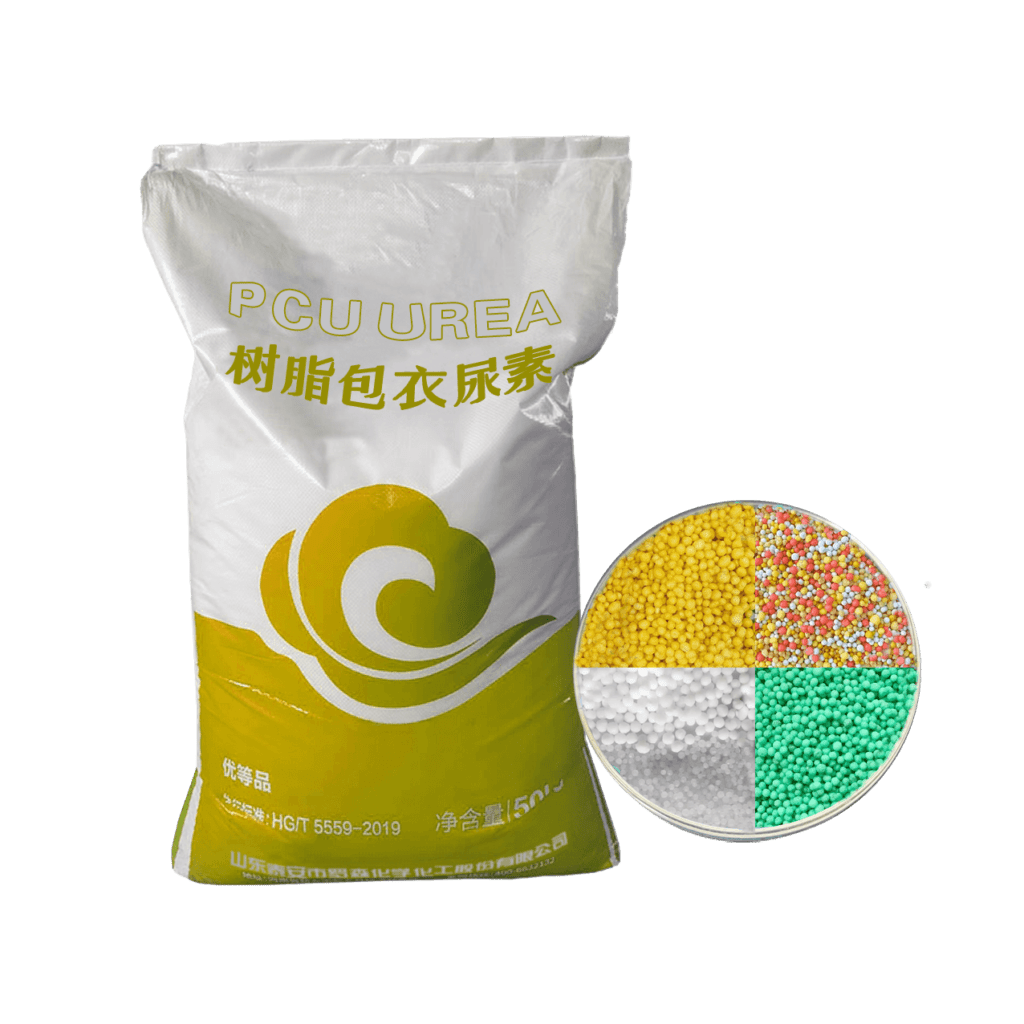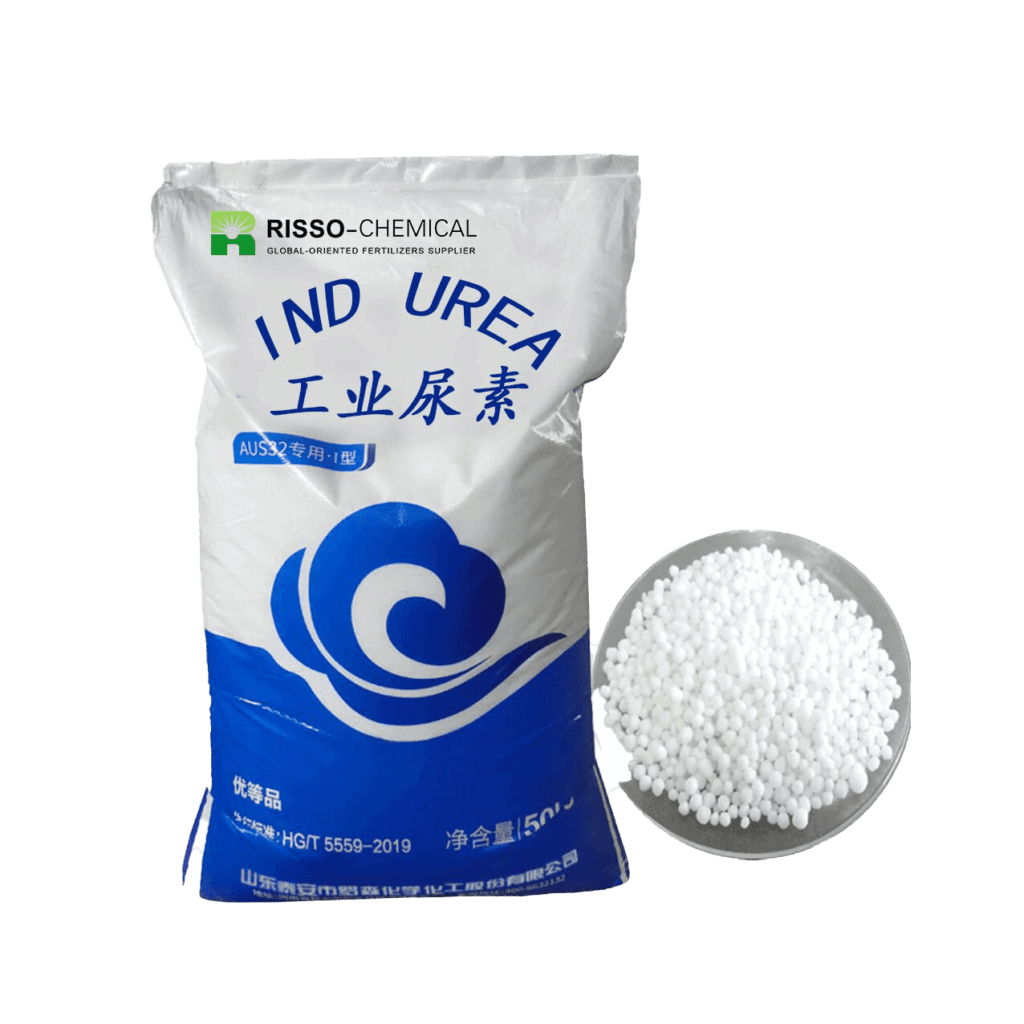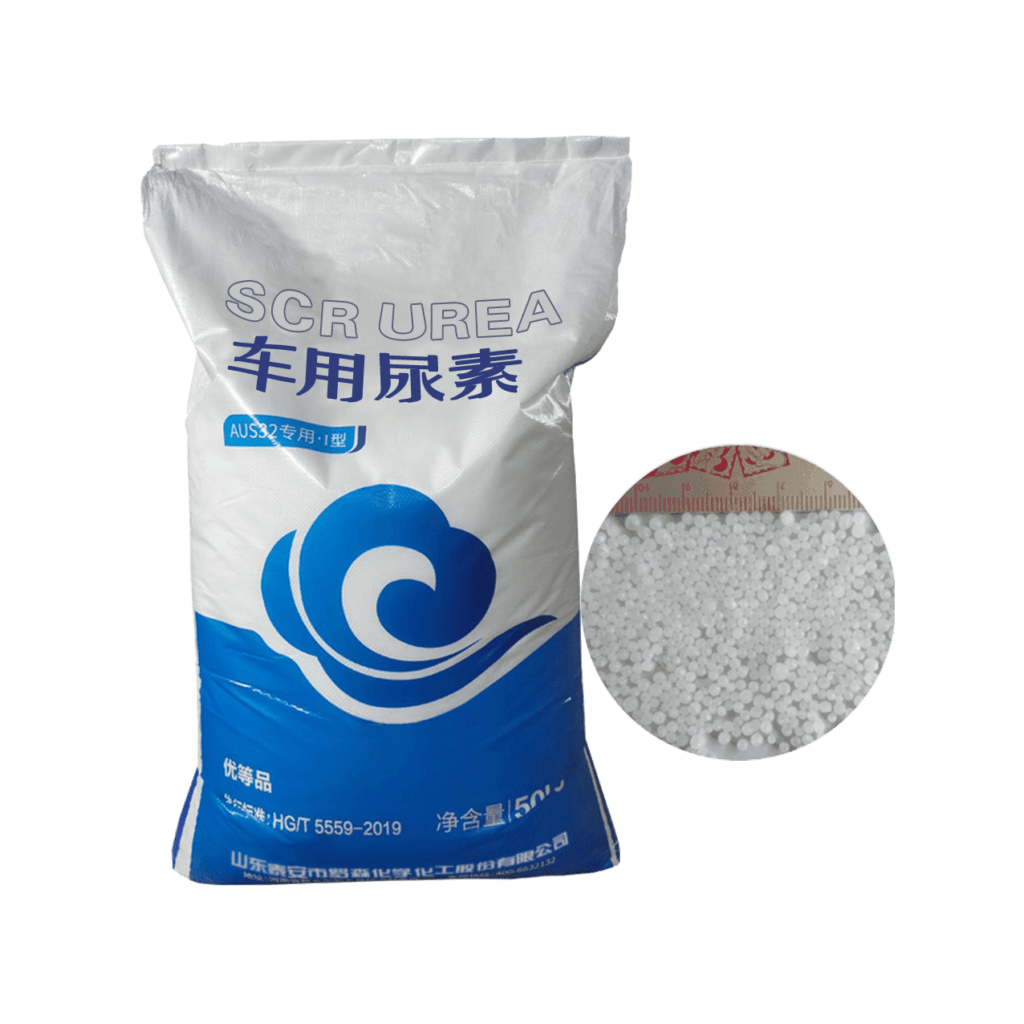Let more growers get greater benefits
Causes of Biuret in Urea & How to Control It
- Industry News
- November 13, 2025
- 9:48 am
Biuret is an unwanted by-product commonly formed in urea manufacturing when urea molecules condense under excessive temperature or prolonged residence time. Its presence affects product quality, fertilizer performance, and compliance with international standards.
Modern plants, like those supported by Risso’s technical expertise, manage biuret through reactor optimization, ammonia balance control, and advanced process monitoring systems. Maintaining strict control ensures consistent urea purity, minimizes nitrogen loss, and enhances fertilizer efficiency.
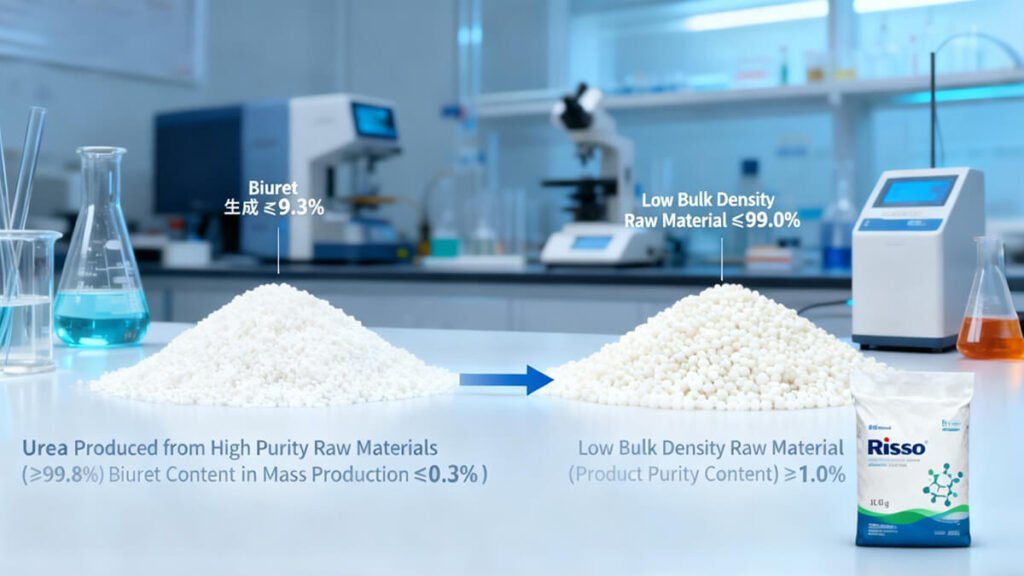

Table of Contents
- 1. What Is Biuret and Why It Matters1. What Is Biuret and Why It Matters
- 2. Chemical Mechanism of Biuret Formation2. Chemical Mechanism of Biuret Formation
- 3. Process Conditions That Promote Biuret Formation3. Process Conditions That Promote Biuret Formation
- 4. Detection & Specification Limits4. Detection & Specification Limits
- 5. Proven Control Strategies (Design & Operation)5. Proven Control Strategies (Design & Operation)
- 6. Remediation and Downstream Removal6. Remediation and Downstream Removal
- 7. Quality Control Checklist for Minimizing Biuret7. Quality Control Checklist for Minimizing Biuret
- 8. Practical Recommendations and Monitoring Plan8. Practical Recommendations and Monitoring Plan
1. What Is Biuret and Why It Matters
Biuret (H₂N–CO–NH–CO–NH₂) is formed from two urea molecules. In fertilizers, elevated biuret levels (commonly referenced thresholds: ~0.9–1.5% depending on grade and crop sensitivity) can reduce seedling vigor and crop performance; premium urea grades aim for very low biuret content. Monitoring and control are therefore essential for both product quality and market acceptance.
2. Chemical Mechanism of Biuret Formation
The reaction mechanism involves thermal condensation and dehydration of urea molecules:
2NH₂CONH₂ → NH₂CONHCONH₂ + NH₃
At elevated temperatures, urea can decompose into isocyanic acid (HNCO) and ammonia; HNCO further reacts with unconverted urea to form biuret. This process accelerates under high temperature, long retention time, or insufficient ammonia pressure.
Understanding this mechanism helps process engineers and quality managers—including those in Risso’s partner facilities—design optimized systems that minimize by-product generation and energy loss.3. Process Conditions That Promote Biuret Formation
Key plant and operating factors that increase biuret formation include:
High temperature in melts or concentrators — During evaporation, prilling or granulation steps, molten urea above ~130–160 °C accelerates condensation to biuret.
Extended residence time of molten/conc. urea — Longer hold times at elevated temperature give biuret more time to form; short residence design mitigates this.
Low ammonia partial pressure / insufficient NH₃ excess — An excess of free ammonia shifts equilibria away from biuret formation; operating at low ammonia concentration in downstream units can favor biuret.
- Over-concentration under vacuum — Low-pressure concentration (to melt for prilling/granulation) can favor thermal decomposition pathways.
4. Detection & Specification Limits
Biuret content is typically measured using HPLC (ISO 18645) or spectrophotometric methods. Most international standards specify:
Fertilizer-grade urea: ≤1.0% biuret
Technical-grade urea: ≤1.5% biuret
Feed-grade or DEF urea: ≤0.3% biuret
5. Proven Control Strategies (Design & Operation)
Combine plant design features with tight operating discipline:
Keep temperatures as low as practicable in evaporators, melts and prilling units. Design equipment to avoid local hotspots; minimize thermal gradients.
Minimize residence time at elevated temperature. Use higher throughput, better circulation and short-path evaporators/stripper designs.
Maintain ammonia excess downstream of the synthesis loop. Operating with adequate NH₃ partial pressure or strategically injecting liquid ammonia downstream shifts equilibrium back toward urea and reduces net biuret formation — this approach is patented and implemented in several modern plants.
Optimize vacuum and stripping conditions. Avoid aggressive low-pressure heating that accelerates decomposition; control stripping temperatures and residence times.
Control feed and recovery sequencing. Proper recovery/condenser design that quickly removes water and recycles ammonia/carbamate reduces the need for extreme concentration steps that produce biuret.
6. Remediation and Downstream Removal
If biuret is already present above spec, options include:
Chemical decomposition under alkaline conditions. Some processes treat aqueous urea with strong base at controlled temperature to selectively decompose biuret. This requires careful waste handling and downstream neutralization.
Ammonia re-addition (equilibrium shift). Injecting liquid ammonia into urea streams can reverse some biuret back to urea by shifting equilibria; patented methods describe points of injection and operating windows.
Product segregation and downgradation. High-biuret material can be blended away or redirected to less sensitive applications (e.g., animal feed urea uses where biuret is acceptable with controls) depending on regulations.
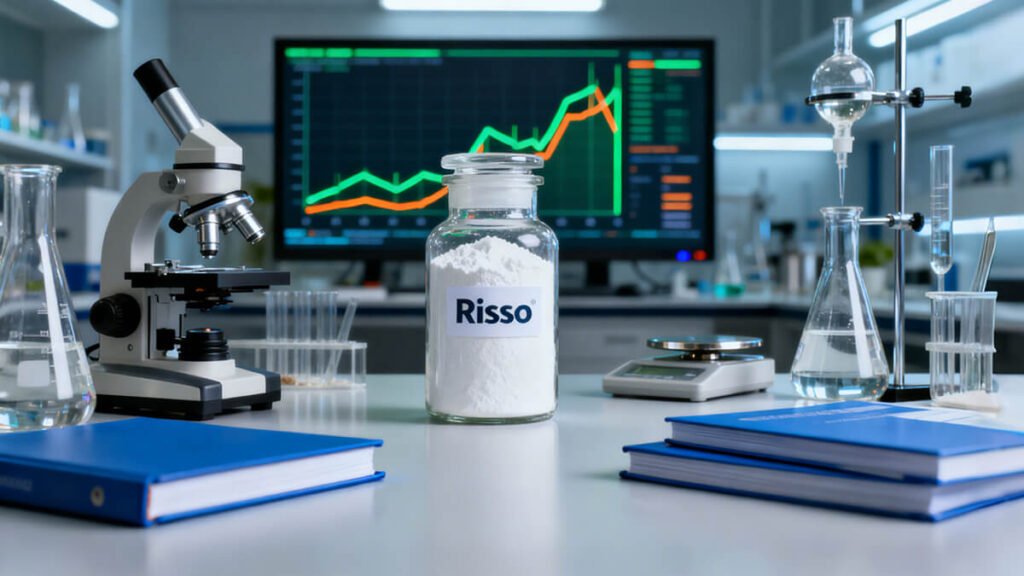

7. Quality Control Checklist for Minimizing Biuret
Monitor melt temperature and residence time continuously.
Control ammonia feed ratios and pressure profiles.
Maintain uniform temperature distribution in prill towers.
Conduct routine biuret testing via HPLC.
Calibrate sensors and analyzers monthly.
By partnering with Risso, urea manufacturers gain access to precision testing protocols and advanced process auditing to ensure continuous improvement.
8. Practical Recommendations and Monitoring Plan
Set alarm limits on melt temperature and residence time (derive limits from plant kinetic data).
Perform cross-checks: correlate online process variables (T, time, NH₃ flow) with lab biuret results to generate predictive alarms.
Validate downstream ammonia addition in pilot tests before full implementation — monitor effect on product N-content and other impurities.
Maintain robust analytical program (ISO HPLC or validated lab method) with regular calibration and blind standards.
These steps, supported by Risso’s technical consulting services, help fertilizer plants achieve consistent production efficiency and global export compliance.
Urea Related Products
If you want to know other questions about Urea Fertilizers, please contact us and we will provide professional answers.
- Article
What will you get when touch?
✔ Quick & helpful reply within 6 hours.
✔ Tailored solutions for your project.
✔ One-stop product, tech, market
TRENDING
TAIAN RISSO CHEMICAL FERTILIZER CO.,LTD
- Address: High-tech Development Zone, Taian City, Shandong Province
© Copyright 2017 RISSO CHEMICAL. All Rights Reserved.



